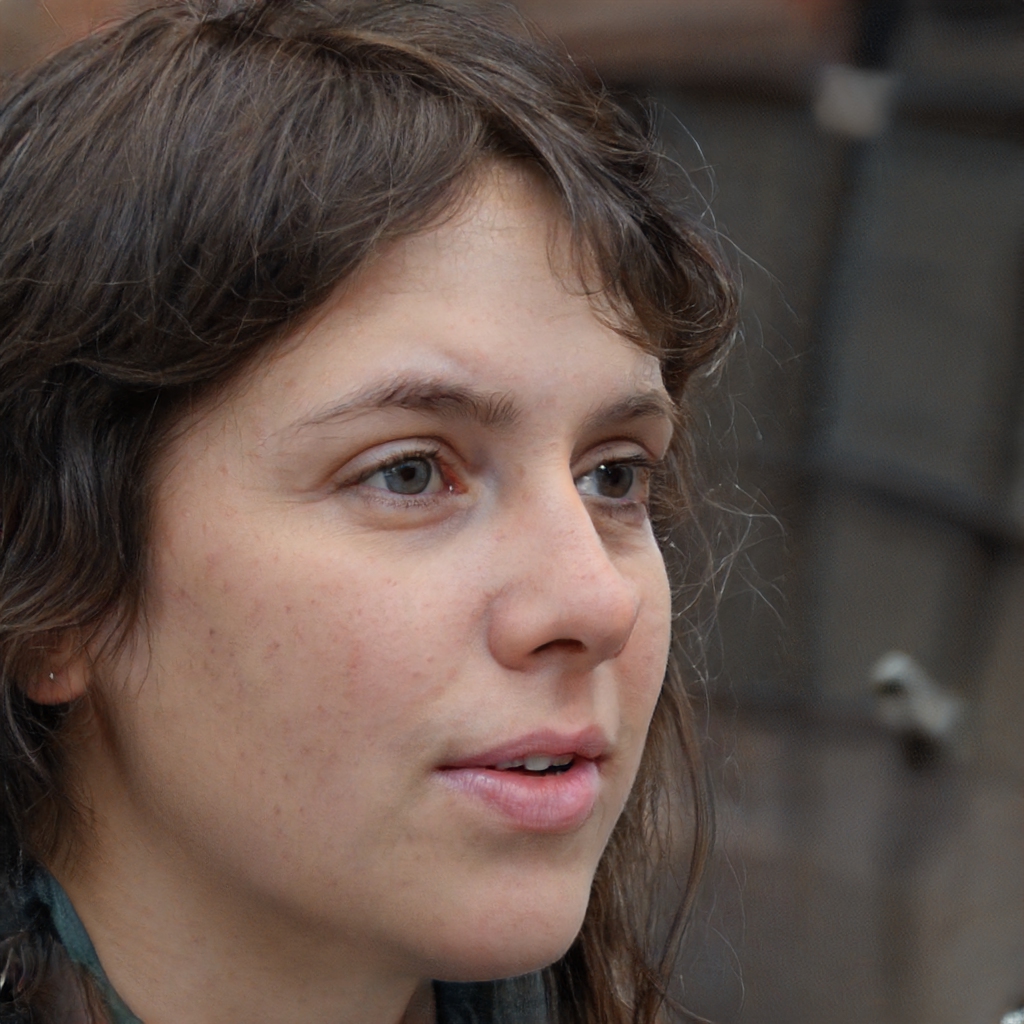Queuing theory is the mathematical study of waiting in line or queues. It is a branch of operations research because it focuses on the design and analysis of systems, such as queues, that provide services to customers. Queuing theory is often used to understand, design, and analyze computer and communication systems.
The main goal of queuing theory is to find ways to reduce the amount of time people spend waiting in line. This can be done by designing systems that have more capacity or by reducing the number of customer arrivals.
There are three main elements of queuing theory: arrivals, servers, and queues. Arrivals are the customers or jobs that arrive at the system. Servers are the resources that service the arriving customers or jobs. Queues are the waiting lines that form when the arrival rate is greater than the service rate.
The most important performance measures in queuing theory are the average wait time and the average number of customers in the system. Other measures that are often used include the utilization of the servers and the resources, the throughput, and the efficiency.
Queuing theory can be used to model and analyze a variety of systems. Some of the most common applications are in the design of call centers, computer networks, and manufacturing systems.
What are the four components of queuing systems?
1. The arrival process: This refers to the process by which customers or units arrive at the queue. This could be a random process, such as customers arriving at a retail store, or it could be a deterministic process, such as units arriving at a manufacturing assembly line.
2. The service process: This refers to the process by which units are serviced at the queue. This could be a single-server queue, where each unit is serviced one at a time, or it could be a multi-server queue, where units are serviced by multiple servers simultaneously.
3. The departure process: This refers to the process by which units leave the queue after they have been serviced. This will be determined by the service process; for example, in a single-server queue, units will depart one at a time, while in a multi-server queue, units may depart as soon as they have been serviced.
4. The queueing system: This refers to the system of queues, servers, and arrival and departure processes that make up the overall queuing system. This could be a simple system, such as a single-server queue, or a more complex system, such as a multi-server queue with multiple arrival and departure processes.
What are elements of waiting line?
There are several elements to waiting in line, including the following:
-The number of people in line
-The average time each person spends in line
-The total time spent in line
-The time of day or week when the line is at its longest
-The number of checkout counters or other service points
-The efficiency of the service process
-The number of people being served at the same time
-The level of customer satisfaction with the line
-The amount of time spent waiting in line compared to the time spent using the service
What are the three main elements of queuing system?
The three main elements of a queuing system are:
1. The arrival process - this is the process by which customers arrive at the queue.
2. The service process - this is the process by which customers are served by the system.
3. The departure process - this is the process by which customers leave the queue.
What are the basic elements of queuing theory?
The basic elements of queuing theory are:
-A queue: This is a line of people or things waiting for something, such as a bus or a turn at a counter.
-Arrival rate: This is the rate at which people or things arrive at the queue.
-Service rate: This is the rate at which people or things are served by the system.
-Utilization: This is the ratio of the service rate to the arrival rate.
-Queue length: This is the number of people or things in the queue.
-Waiting time: This is the amount of time a person or thing spends in the queue before being served.
What are the characteristics of queues? There are four main characteristics of queues:
1. They are a type of data structure that allows for the efficient insertion and deletion of elements.
2. They have a first-in-first-out (FIFO) structure, meaning that the element that is inserted first into the queue will be the first one to be deleted.
3. They have a fixed size, meaning that once the queue is full, no more elements can be inserted into it.
4. They are often used in situations where resources are limited, such as in a printer queue, where only a certain number of print jobs can be processed at a time.
